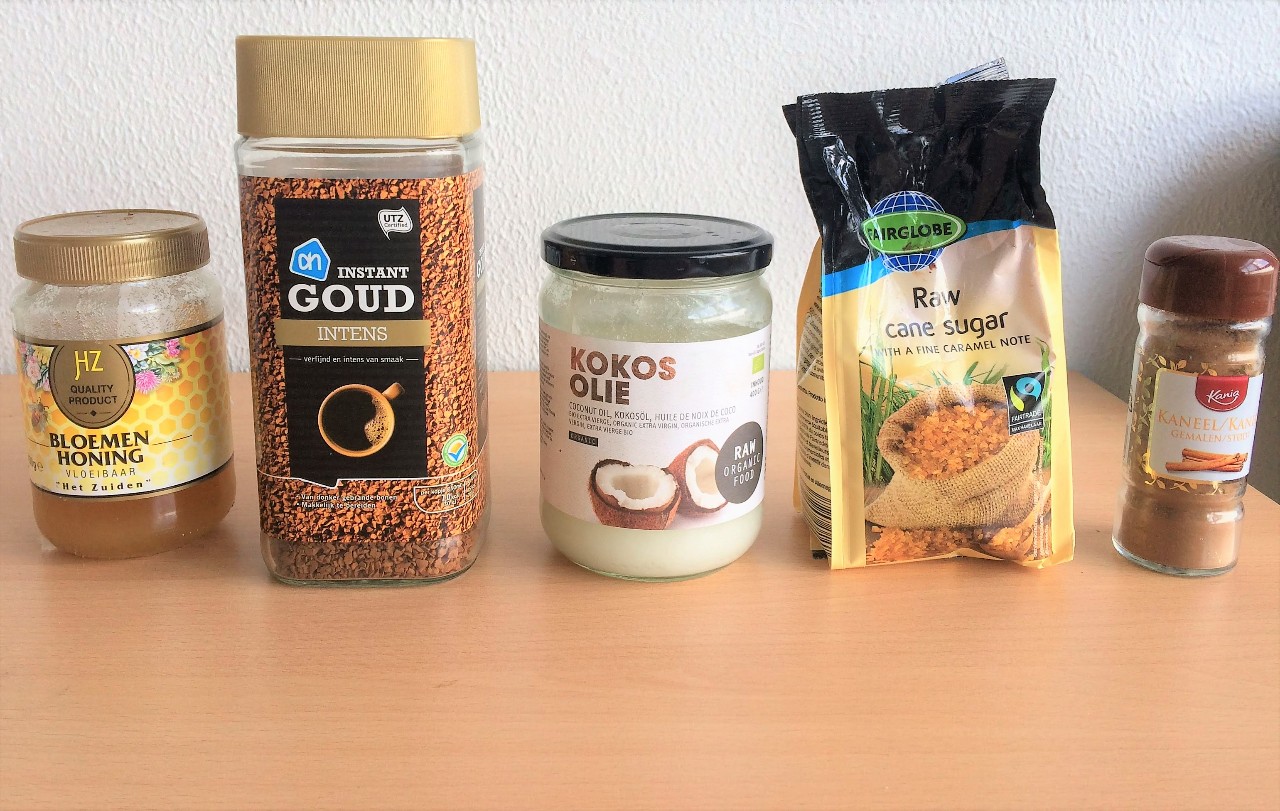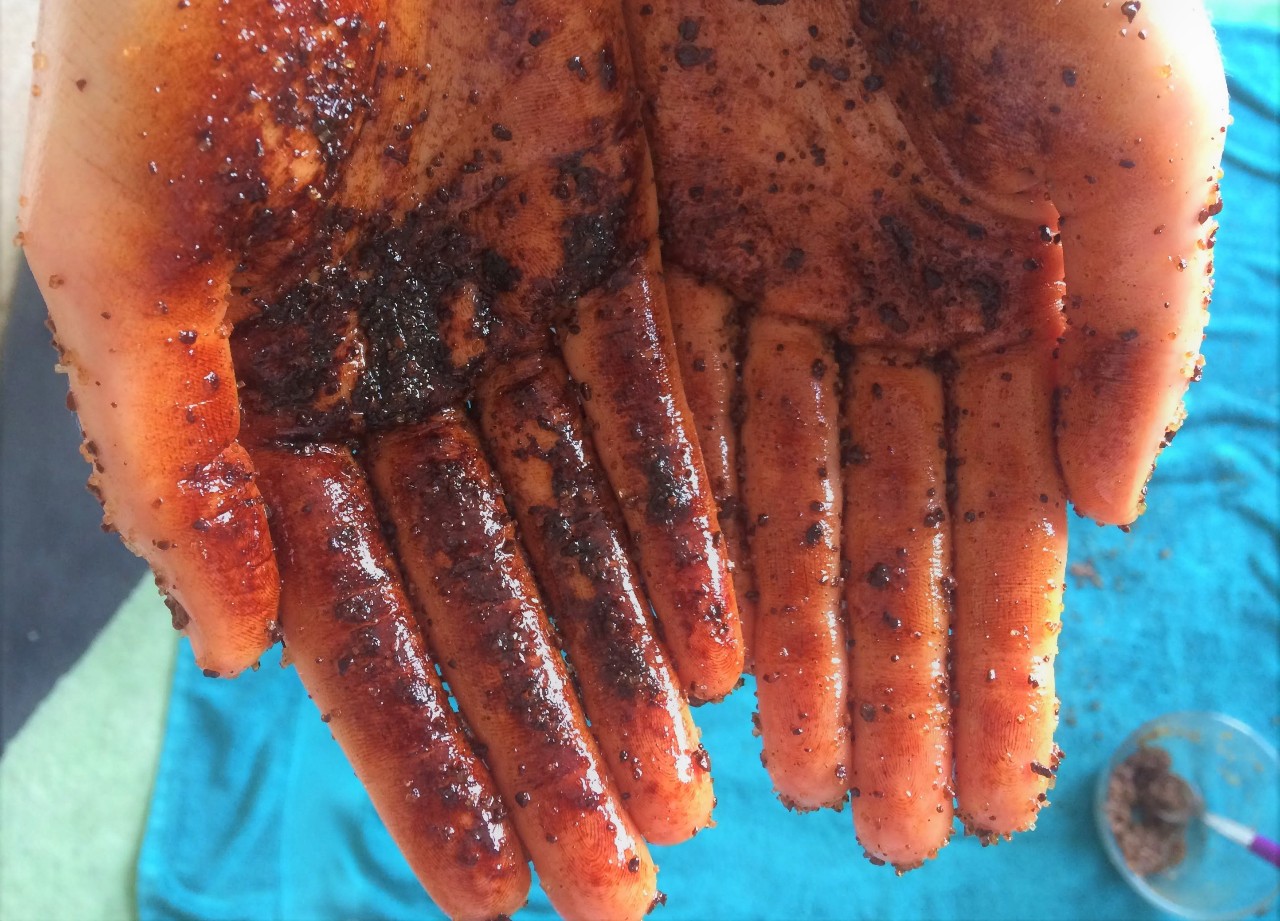The problem
You have probably heard of palm oil. You probably know it is bad. Here is Harrison Ford discussing how bad it is.
It is in everything. Go check your, food, sauces, soaps and shampoos right now for any of the below ingredients. They are all palm oil.
PKO - Palm Kernel Oil
PKO fractionations: Palm Kernel Stearin (PKs); Palm Kernel Olein (PKOo)
PHPKO - Partially hydrogenated Palm Oil
FP(K)O - Fractionated Palm Oil
OPKO - Organic Palm Kernel Oil
Palmitate - Vitamin A or Asorbyl Palmitate
Palmate
Sodium Laureth Sulphate (Can also be from coconut)
Sodium Lauryl Sulphates (can also be from ricinus oil)
Sodium dodecyl Sulphate (SDS or NaDS)
Elaeis Guineensis
Glyceryl Stearate
Stearic Acid
How is this related to zero-waste? We have to think beyond packaging in this case. The ‘waste’ that palm oil produces, in terms of carbon dioxide, is monumental. The oil palms are planted at rapid rates around the world, and the biggest casualty of this is the peat forests in Indonesia. Peat contains as much as ten times more CO2 per square metre than normal forest wood, and whole forests are burnt within days to make way for palm oil. Being on the lookout for palm oil is as important to your global carbon footprint as reducing driving.
Basically, it's time to put your palm up to palm oil.
The solution
Jas set herself the challenge of shopping for a moisturizer that was as zero-waste as possible. That meant no plastic, no excessive water content, no palm oil.
After trying three stores, it transpired that everything was either in plastic containers or had palm oil in it. Thank you, world. So we changed our tune and turned to the internet for in-house alternatives. What could we make from scratch?

We decided to make a coffee scrub. Contrary to popular belief, it's not a magic cure to cellulite, but it does smell amazing. Also edible if you want to accidentally ingest three cups worth of caffeine in one spoonful. Morgana learnt this the hard way.
RECIPE:
2 part coffee granules
2 part sugar
1 part coconut oil
Optional: of cinnamon or vanilla extract (or both — go wild)

That’s it. No list of products you cannot pronounce, no plastic, and no palm oil. We added a bit more coconut oil than the recipe asked for, and we let it sit for a bit to let everything mesh together. We applied the finished product to Jas, everywhere she could reach (don’t do your face). The key to this is, as well as being a moisturiser, it is quite a vicious exfoliator, and if you scrub your legs really hard with it, it feels like you get new skin. Then, chill out with a book on a towel you don’t care about getting dirty for 15 minutes. Read the book after washing your hands — they will look like products of a drunken fake tan session.


Evaluation
This challenge taught us that we need to change the perception of what convenience is. Buying coffee scrub would have been more convenient than making it, sure — but honestly, only marginally. But now we have discovered a ridiculously easy recipe for something that smells amazing, works, and can be made again and again. All without plastic or palm oil. The scrub did actually make Jas’ skin way smoother — and smell like a coffee cake. It also did not leave any of the faint chemical smell that comes with other skin products she has tried. This is a definite winner.





